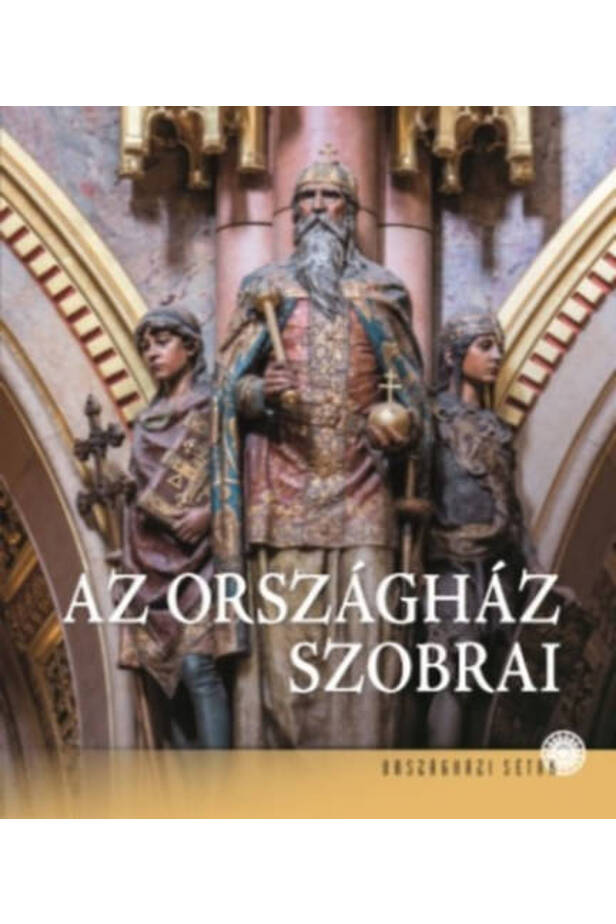Statues of the Parliament
Delivery time: 2 - 3 business days
Quantity:
HUF 3,390
Description
The dominant architectural style of the second half of the 19th century, historicism, turned to earlier ages, drawing inspiration from these. The Neo-Renaissance, nourished by Italian foreshadowing from the 1860s, defined the image of the capital under construction for two and a half decades. The author of the only neo-Gothic plan submitted to the tender, Imre Steindl, on April 22, 1883, after judging the plans of the permanent parliament, played a major role in breaking the hegemony of the style. The architect's fascination with the Gothic style met Gyula Andrássy, a highly respected political member of the jury, with a passion for English parliamentarism and the Thames Bank. From a sculptural point of view, Imré Steindl was one of the most modest of the known career plans, but with the development of the plan, 242 full-length depictions of people were finally collected in the Parliament and on its façade. Although the sculptures have been widely criticized for their artistic quality, they are a remarkable part of the Parliament due to the complexity and richness of the pictorial program they embody. In this volume, we discuss the original figural sculptural decoration of the House, not the memorial plaques and other sculptures erected over the past century. The groups of sculptures forming a unit according to their theme are presented separately in the chronological order in which their preparation began. After the presentation of the antecedents, it will be about the ruler's pantheon in the dome hall, then the statues of princes, kings and historical figures lined up on the facades, then the figures of the interior decoration depicting professions and virtues.
| publisher | Parliamentary Publishing House |
|---|---|
| writer | Kelecsényi Kristóf |
| scope | 116 |
| volume unit | oldal |
| ISBN | 9786155674112 |
| year of publication | 2017 |
| binding | tabbed, cardboard |


